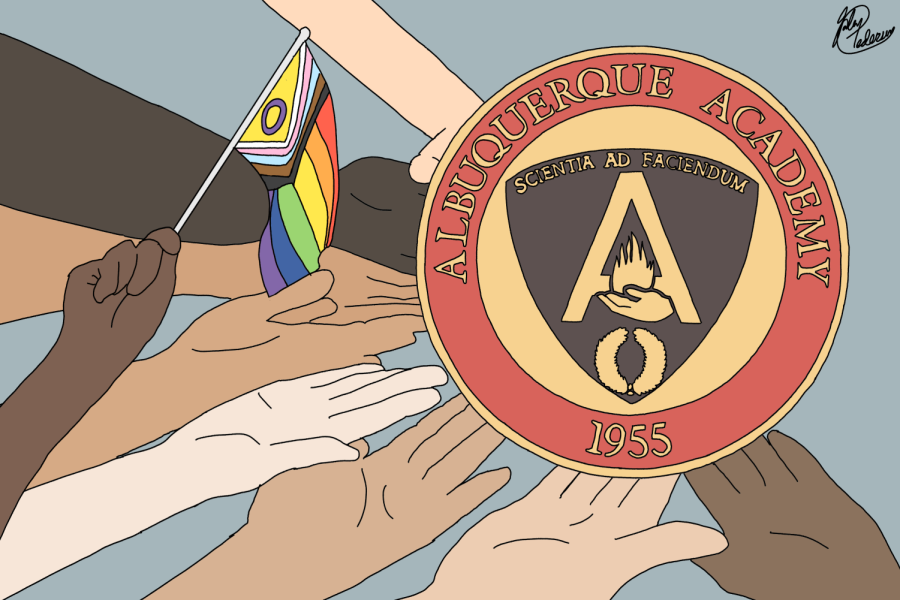Diversity in Education is Good For Everyone
Nine years have passed since the number of Latino, African-American, and Asian students surpassed the number of white students in U.S. public schools. This transitive minority-majority milestone can be looked at in stark contrast to the day 70 years ago when the Supreme Court ruled that school segregation was unconstitutional and inherently unequal in the Brown v. Board of Education Supreme Court decision. From increased funding directed toward language learner programs (like federal programs like the National Language Service Corps and the National Security Language Initiative for Youth) to to expanding social, emotional, and mental health resources in public school, the federal government has spent significant time working towards improving access to education for all in America ever since.With this continued inclusivity comes to promotion of diversity, which opens the door for a plethora of benefits in education: socially, emotionally, and academically. Here’s why.
Diversity in education specifically encompasses the inclusion of individuals from various ethnic, cultural, and socioeconomic backgrounds—to name a few— in the classroom. Inclusivity creates a learning environment where students can interact with and learn from individuals who have different life experiences and perspectives, which can reap many benefits for all parties involved. Research has shown that it can lead to improved academic outcomes, increased cultural competency, and a more inclusive and equitable society. For example, students work better in a diverse environment, enabling stronger empathy, self-confidence, and feelings of self-worth, and inadvertently pushing themselves further when there are people of other backgrounds working alongside them.
One of the most significant benefits of diversity in education is improved academic outcomes. A study by the National Bureau of Economic Research, a non-profit dedicated to conducting federal economic research, found that having a diverse student body can improve academic performance for all students. In a diverse classroom, students are exposed to viewpoints of life entirely different and separate of their own, which can help to broaden their understanding of the world and increase their critical thinking skills. Being surrounded by diverse ideas and thoughts encourages students to broaden their scopes, formulate more nuanced arguments, and generally become emotionally intelligent human beings.
Perhaps most importantly, diversity in education can also lead to increased cultural competency, which is the ability to understand, appreciate, and interact effectively with individuals from different cultures. As our society becomes increasingly diverse, it is essential for individuals to develop cultural competency skills to function effectively in the workplace and in their personal lives. Exposure to diversity in the classroom can help students develop these healthy skills, as they learn to navigate different cultural norms, beliefs, and practices.
In addition to improving academic outcomes and increasing cultural competency, diversity in education can also contribute to a more inclusive and equitable society. When students are immersed into diversity at a young age, they are more likely to value and appreciate differences, and to develop attitudes of respect and empathy towards others. This can help to break down barriers and reduce prejudice and discrimination in the school community and beyond.
It is important to note that non-white students from diverse backgrounds also benefit from exposure to diversity in education. A study by The Century Foundation, a progressive think tank centered in New York City, found that students from low-income backgrounds who attended diverse schools had higher academic achievement and were more likely to graduate high school and attend college than students who attended more culturally and racially uniform schools. Similarly, students from racially and ethnically diverse backgrounds are more likely to feel a sense of belonging and connection to their school when they are in a diverse environment.
While there are many benefits to diversity in education, it is important to note that achieving diversity in our schools is still a work in progress. According to a report by the National Center for Education Statistics, in the 2017-2018 school year, 48% of public school students were White, while only 27% were Hispanic, 15% were Black, and 5% were Asian.
Comprehensively, research has shown that exposure to diversity in the classroom can have a positive impact on students from all backgrounds, and can help to reduce prejudice and discrimination in our society. However, achieving diversity in education is an ongoing challenge, and there is still much work to be done to create truly inclusive and equitable learning environments for all.

Taya's position in the Advocate reflects her love for journalism. She is able to write fiery passionate articles like Kid Cudi's Gender Bending Performance while...











